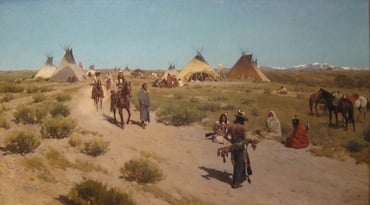1
The word of Jehovah that came to the prophet Jeremiah concerning the Philistines, before Pharaoh smote Gazah.
2
Thus saith Jehovah: Behold, waters rise up out of the north, and shall become an overflowing flood, and shall overflow the land, and all that is therein; the city, and them that dwell therein: and the men shall cry, and all the inhabitants of the land shall howl,
3
at the noise of the stamping of the hoofs of his steeds, at the rushing of his chariots, at the rumbling of his wheels: fathers shall not look back for [their] children, from feebleness of hands;
4
because of the day that cometh to lay waste all the Philistines, to cut off from Tyre and Sidon every helper that remaineth; for Jehovah will lay waste the Philistines, the remnant of the island of Caphtor.
5
Baldness is come upon Gazah; Ashkelon is cut off, the remnant of their valley: how long wilt thou cut thyself?
6
Alas! sword of Jehovah, how long wilt thou not be quiet? Withdraw into thy scabbard, rest, and be still.
7
How shouldest thou be quiet? -- For Jehovah hath given it a charge: against Ashkelon, and against the sea shore, there hath he appointed it.







